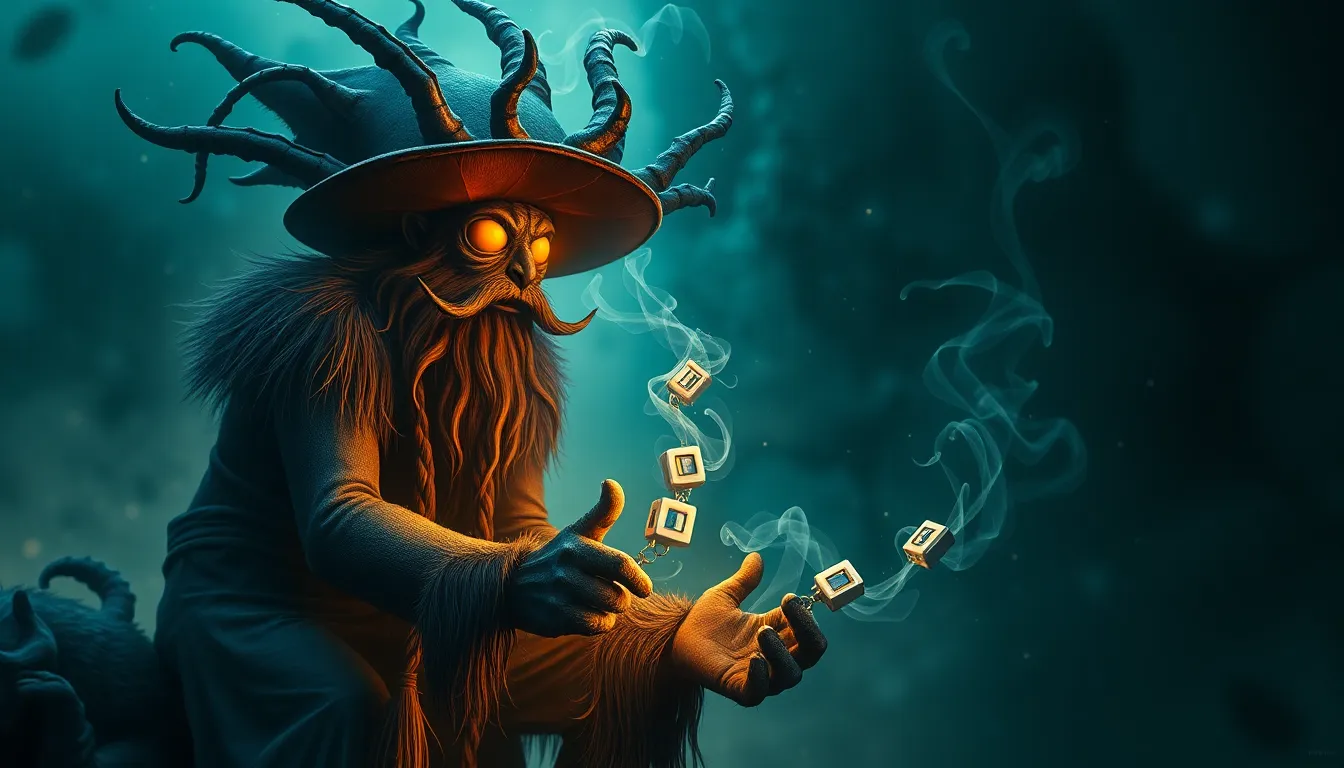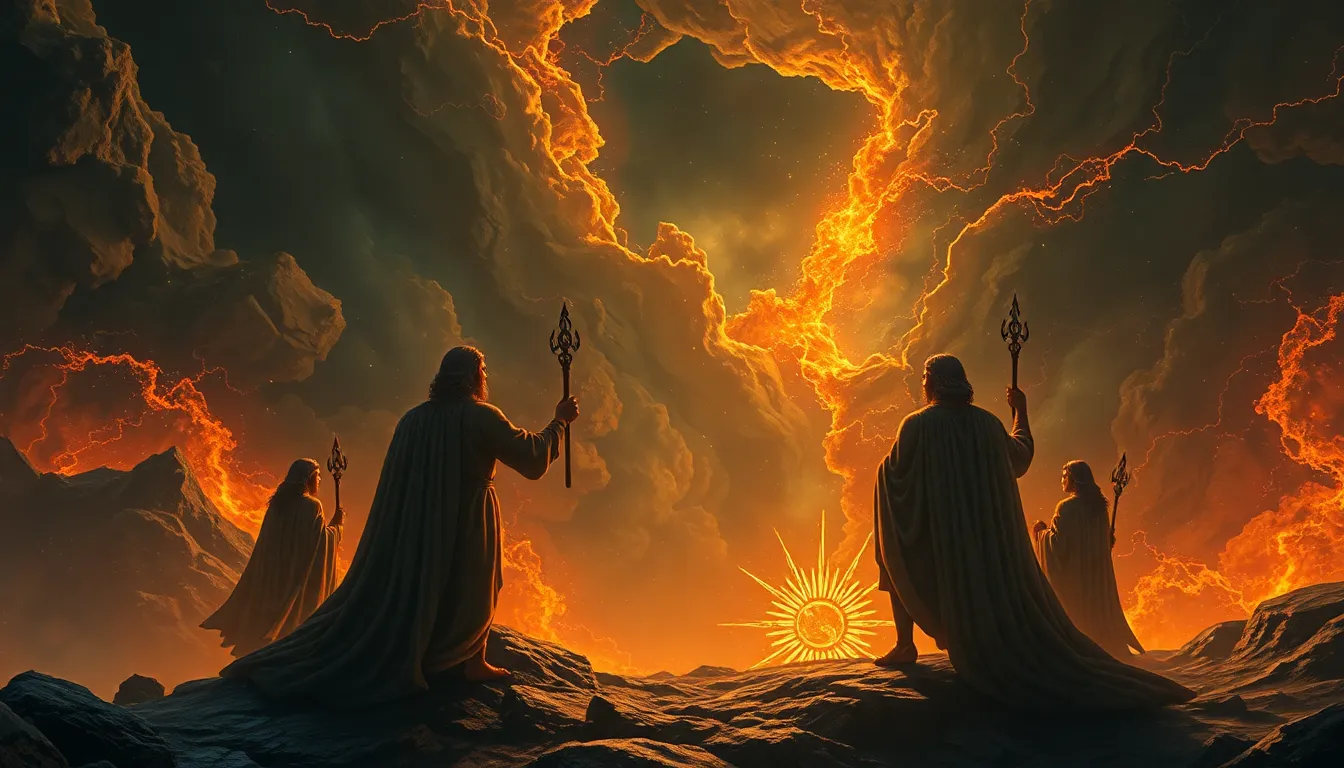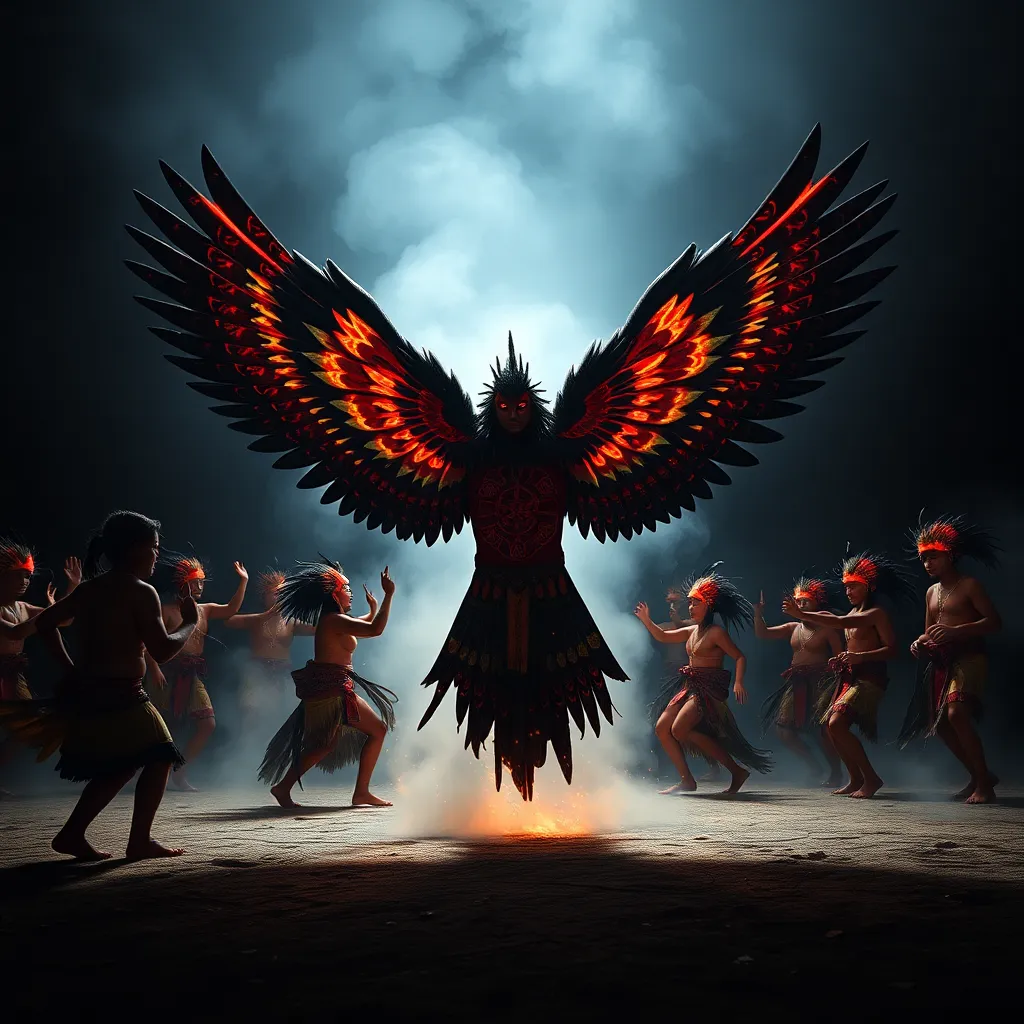The Fire-Breathing Guardians: Volcanoes in Indonesian Folklore
Indonesia, an archipelago of thousands of islands, is known for its breathtaking landscapes, rich culture, and a fascinating history intertwined with the power of nature. Among these natural wonders, volcanoes hold a special place in the hearts and minds of the Indonesian people. These towering giants, spewing fire and ash, have long been a source of awe, fear, and respect, inspiring countless myths and legends that have been passed down through generations. Volcanoes are not just geological formations in Indonesia; they are integral parts of the cultural fabric, shaping beliefs, rituals, and even everyday life.
Mythical Beings and Volcanic Activity: The Intertwined Stories
The mythical stories woven around Indonesian volcanoes often link volcanic activity to the actions of powerful beings. These beings, often depicted as gods, spirits, or mythical creatures, are believed to control the forces of nature, including fiery eruptions. The people, understanding these events as supernatural occurrences, developed elaborate narratives to explain the unpredictable nature of volcanoes. The stories also served as a means of understanding the relationship between humans and the natural world, emphasizing the power and mystery of these natural forces.
Krakatoa: A Mythical Birthplace of the Gods
One of the most famous volcanoes in Indonesia is Krakatoa, known for its devastating eruption in 1883. In Indonesian mythology, this volcanic island is considered the birthplace of the gods. The story goes that the deities emerged from the fiery depths of Krakatoa, bringing life and order to the world. The eruption of Krakatoa, though a catastrophic event, was seen as a reminder of the power and capricious nature of the gods. While the eruption was a tragedy, the myth served as a comforting explanation for the violent event, connecting the natural world to the divine realm.
The Volcano as a Divine Power: Exploring the Concepts of Dewa Api and Dewi Api
Throughout Indonesian mythology, volcanoes are often associated with the deities of fire, Dewa Api (the God of Fire) and Dewi Api (the Goddess of Fire). These deities, representing the destructive and transformative power of fire, are believed to reside within the fiery depths of volcanoes. Dewa Api and Dewi Api are often invoked in rituals and offerings, seeking their favor and protection from volcanic eruptions. The belief in a divine power residing within volcanoes highlights the deep connection between the natural world and the spiritual realm in Indonesian culture.
Mount Merapi: A Sacred Mountain and the Spirit of the Volcano
Mount Merapi, an active volcano in Central Java, holds a special significance in Indonesian mythology. The mountain is considered sacred, and its eruptions are seen as manifestations of the spirit of the volcano, known as Mbah Petruk. Mbah Petruk is believed to be a powerful guardian spirit that protects the people living near the mountain. The stories about Mbah Petruk teach valuable lessons about respecting nature, understanding its power, and living in harmony with the forces of the earth.
The Legend of Mount Bromo: The Origin of the Tengger People
Mount Bromo, an active volcano in East Java, is another important figure in Indonesian mythology. The Tengger people, who live in the region around the volcano, have a rich oral tradition that tells the story of the origin of their people and their connection to Bromo. According to the legend, a young couple, Roro Anteng and Joko Seger, prayed for a child to bless their land. The gods answered their prayers, but they were warned that the last child would have to be sacrificed to the volcano. The couple had 25 children, and the youngest, Kesuma, was chosen to be sacrificed. Kesuma’s sacrifice appeased the volcano, and the Tengger people were born. The legend explains the origin of the Tengger people and their deep reverence for Mount Bromo. Every year, the Tengger people celebrate the Yadnya Kasada festival, offering offerings to the volcano, honoring the sacrifice of Kesuma, and seeking the blessings of the mountain.
Volcanoes as Sacred Places: Rituals and Offerings
Many Indonesian volcanoes are considered sacred places, imbued with spiritual power. The people living around these mountains often perform rituals and offer sacrifices to appease the volcanoes and seek their protection. These rituals often involve offerings of food, flowers, and incense, and they are performed at specific times of the year or before important events. For example, the Tengger people’s Yadnya Kasada is a significant annual ritual where offerings are thrown into the crater of Mount Bromo. The belief in the spiritual power of volcanoes underscores the deep connection between the natural world and the spiritual realm in Indonesian culture.
The Mythological Explanations for Eruptions and Natural Disasters
Volcanic eruptions, with their potential for destruction and chaos, have always been a source of fear and mystery. To understand these unpredictable events, Indonesian myths and legends often explain them as acts of the gods or spirits. Eruptions are often seen as punishments for human transgressions, signs of divine displeasure, or expressions of the power of nature. These stories often serve as warnings to the people, reminding them to live in harmony with the natural world and respect the power of the volcanoes. For example, the story of Mount Merapi and its guardian spirit, Mbah Petruk, emphasizes the importance of respecting the volcano and living in harmony with its power. These myths and legends serve to explain the unexplainable, providing a framework for understanding the powerful forces of nature and how to respond to them.
Volcanic Landscapes: Inspiring Myths and Legends
The dramatic landscapes created by volcanic activity, with their rugged peaks, fertile valleys, and breathtaking views, have also inspired countless myths and legends. The stories often reflect the awe and wonder felt by the people at the beauty and power of these natural formations. For example, the legend of Krakatoa, the birthplace of the gods, reflects the awe and wonder felt at the island’s volcanic beauty and power. These myths and legends, rooted in the natural world, reflect the deep connection between humans and their environment in Indonesian culture.
The Enduring Influence of Mythology on Everyday Life
The myths and legends surrounding volcanoes are not simply ancient folklore; they are still an integral part of everyday life in Indonesia. These stories continue to shape the beliefs, rituals, and values of the people. They are passed down from generation to generation, shaping the way people understand and interact with the natural world. The legends serve to remind the people of the power and mystery of volcanoes, the importance of respect for nature, and the need to live in harmony with the forces of the earth.
FAQs
-
Q: What are some of the most common mythical creatures associated with volcanoes?
-
A: Some common mythical creatures associated with volcanoes are fire spirits, dragons, giants, and the spirits of deceased ancestors. These beings are often believed to control the power of the volcano and can be both helpful and dangerous to humans.
-
Q: What are some of the most common rituals associated with volcanoes?
-
A: Some common rituals associated with volcanoes include offering sacrifices of food, flowers, and incense, performing dances and songs, and engaging in prayer. These rituals are often performed to appease the volcano and seek its protection.
-
Q: What is the significance of volcanoes in Indonesian mythology?
-
A: Volcanoes are significant figures in Indonesian mythology as they symbolize the power and unpredictability of nature. They are often associated with deities or spirits who are believed to control the forces of the earth. These myths reflect the deep respect and awe that Indonesians have for these natural phenomena.
-
Q: How do the myths and legends surrounding volcanoes affect the lives of people living in Indonesia?
-
A: These myths and legends are integral to the culture and beliefs of Indonesians. They shape how people understand and interact with the natural world, inspiring rituals, practices, and a deep sense of respect for the volcanoes and their power.




